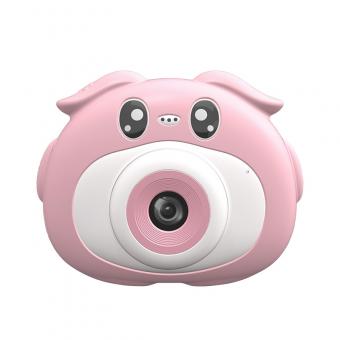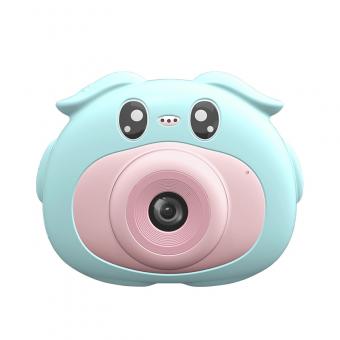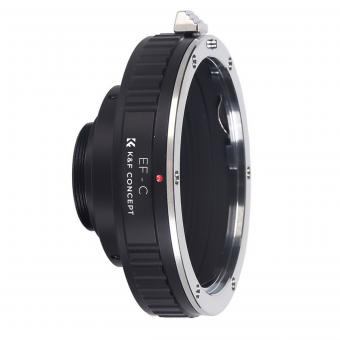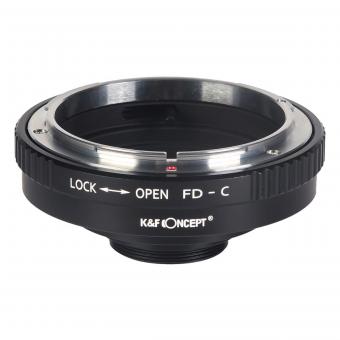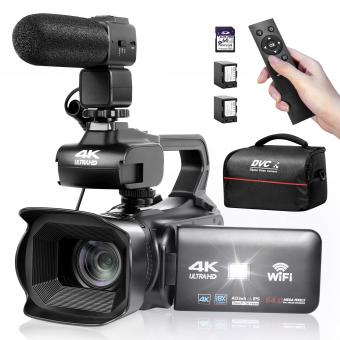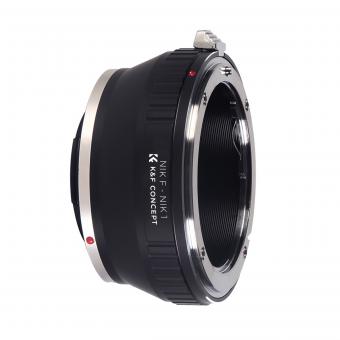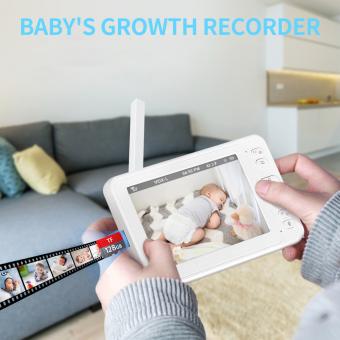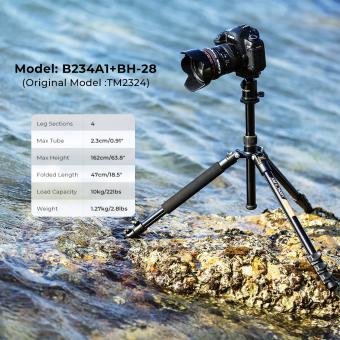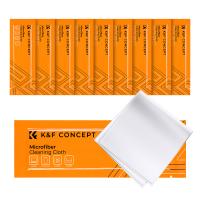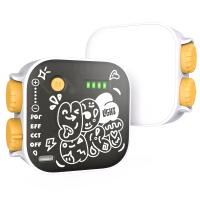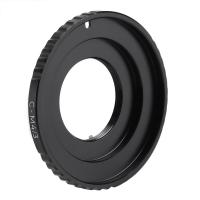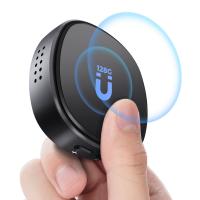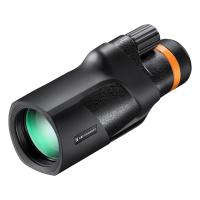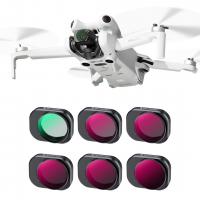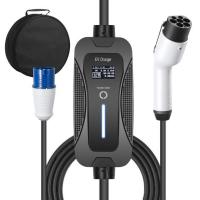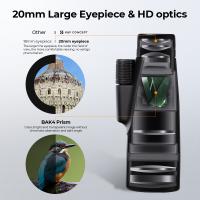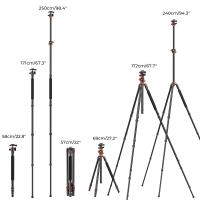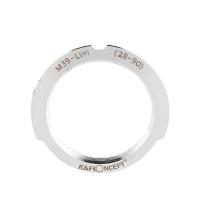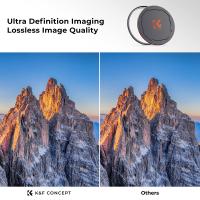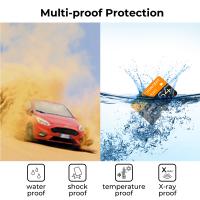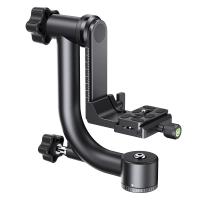What Is A Good Megapixel For A Camcorder?
The megapixel count is not as important for camcorders as it is for still cameras. Camcorders are designed to capture video, and the quality of the video is determined by factors such as the sensor size, lens quality, and image processing capabilities. However, a higher megapixel count can be beneficial for capturing still images from the video footage. Generally, a camcorder with a megapixel count of 8-12 megapixels should be sufficient for capturing high-quality still images.
1、 Megapixel basics for camcorders
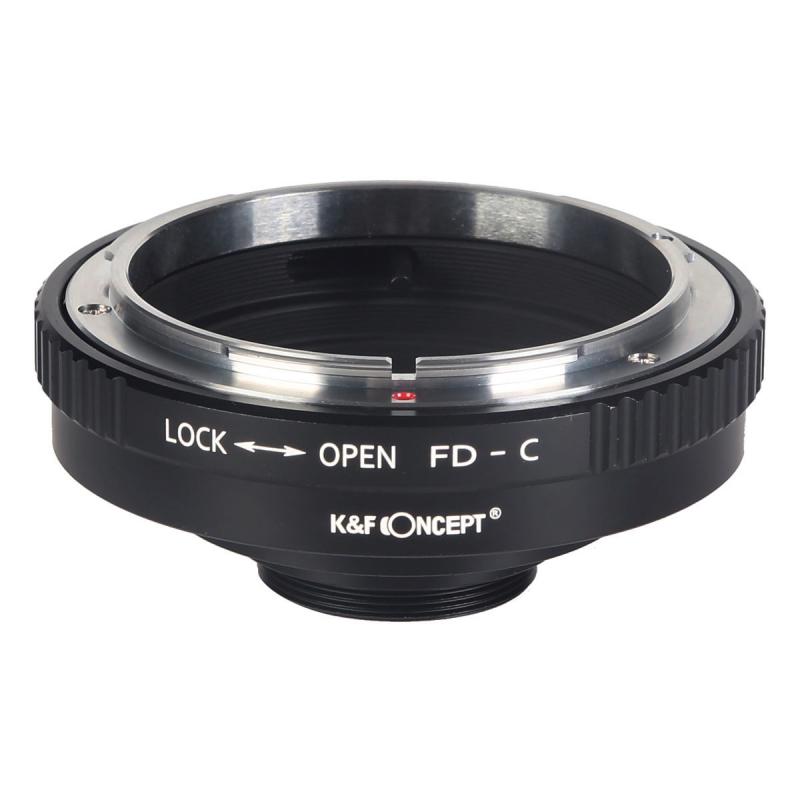
When it comes to camcorders, megapixels are not as important as they are for still cameras. This is because camcorders are designed to capture moving images, and the quality of the video is determined by factors such as frame rate, resolution, and bit rate.
That being said, a good megapixel range for a camcorder is between 8 and 12 megapixels. This is because higher megapixels can result in larger file sizes, which can be difficult to manage and store. Additionally, higher megapixels do not necessarily translate to better video quality.
Instead, it is important to focus on other factors such as the sensor size, lens quality, and image stabilization. These factors can have a greater impact on the overall quality of the video.
In recent years, there has been a trend towards 4K resolution in camcorders, which offers four times the resolution of Full HD. This can result in incredibly detailed and sharp video, but it also requires a powerful computer and editing software to handle the large file sizes.
Overall, while megapixels are not the most important factor in determining the quality of a camcorder, a range of 8 to 12 megapixels is a good benchmark to aim for. It is important to consider other factors such as resolution, frame rate, and image stabilization when choosing a camcorder.
2、 Factors affecting camcorder megapixel quality
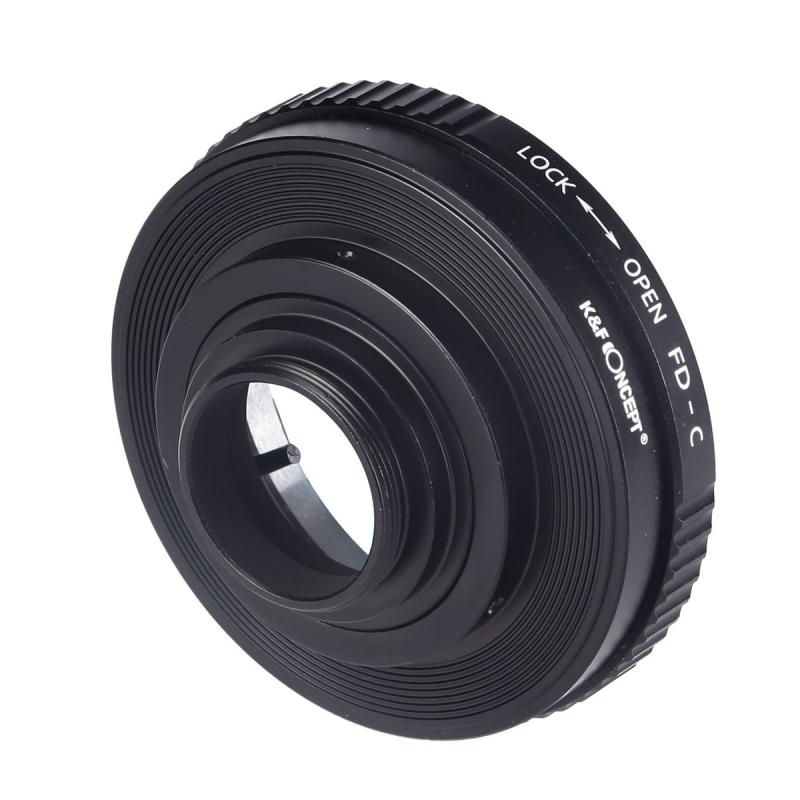
"What is a good megapixel for a camcorder?" is a common question among those looking to purchase a new camcorder. The answer to this question depends on the intended use of the camcorder. For basic home videos, a camcorder with a megapixel range of 8-12 MP is sufficient. However, for professional videography, a camcorder with a megapixel range of 16-24 MP is recommended.
Factors affecting camcorder megapixel quality include the size of the image sensor, lens quality, and image processing technology. A larger image sensor can capture more light, resulting in better image quality. A high-quality lens can also improve image sharpness and clarity. Image processing technology, such as noise reduction and image stabilization, can further enhance the overall image quality.
In recent years, there has been a shift towards 4K resolution in camcorders. 4K resolution offers four times the resolution of Full HD, resulting in incredibly detailed and sharp images. However, it is important to note that 4K resolution requires a higher megapixel count, typically around 20 MP or higher.
In conclusion, the ideal megapixel count for a camcorder depends on the intended use. For basic home videos, a range of 8-12 MP is sufficient, while professional videography requires a range of 16-24 MP or higher. Factors affecting camcorder megapixel quality include the size of the image sensor, lens quality, and image processing technology. The latest trend in camcorders is towards 4K resolution, which requires a higher megapixel count.
3、 Recommended megapixel range for different uses
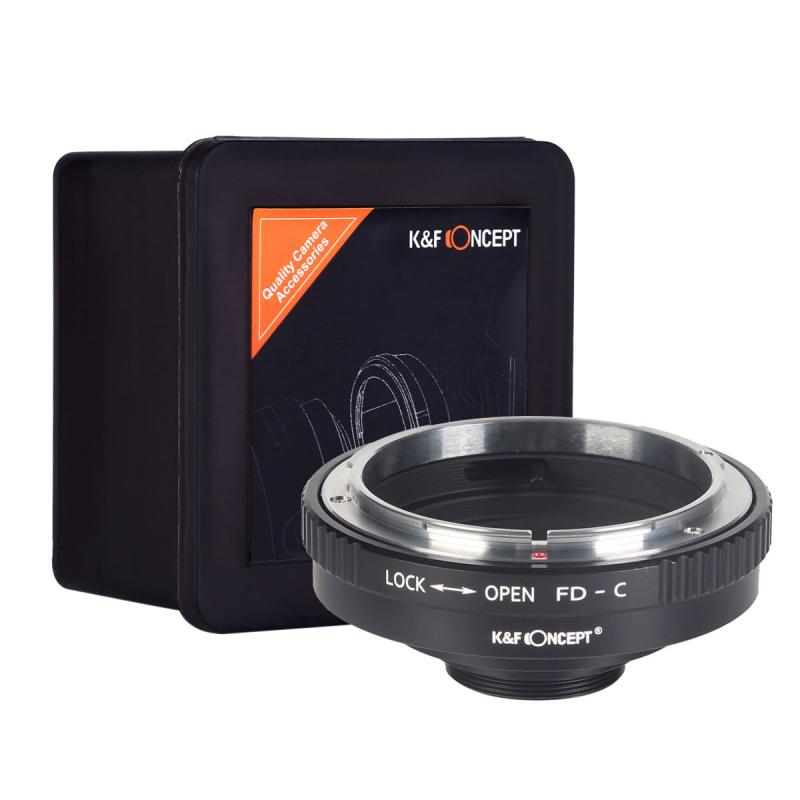
"What is a good megapixel for a camcorder?" is a common question among those looking to purchase a new camcorder. The answer to this question depends on the intended use of the camcorder. For basic home videos, a camcorder with a resolution of 1080p and a megapixel range of 8-12 MP is sufficient. However, for professional videography, a higher megapixel range of 12-20 MP is recommended.
The recommended megapixel range for different uses is as follows:
1. Basic home videos: For capturing family moments and events, a camcorder with a resolution of 1080p and a megapixel range of 8-12 MP is sufficient. This range will provide clear and sharp images and videos.
2. Travel and adventure videos: For capturing outdoor activities and adventures, a camcorder with a resolution of 4K and a megapixel range of 12-16 MP is recommended. This range will provide high-quality images and videos that can be used for professional purposes.
3. Professional videography: For professional videography, a camcorder with a resolution of 4K and a megapixel range of 16-20 MP is recommended. This range will provide high-quality images and videos that can be used for commercial purposes.
It is important to note that the latest point of view is that megapixels are not the only factor to consider when purchasing a camcorder. Other factors such as sensor size, lens quality, and image stabilization also play a crucial role in determining the overall quality of the video. Therefore, it is recommended to research and compare different camcorders before making a purchase decision.
4、 Megapixel vs. other important camcorder features
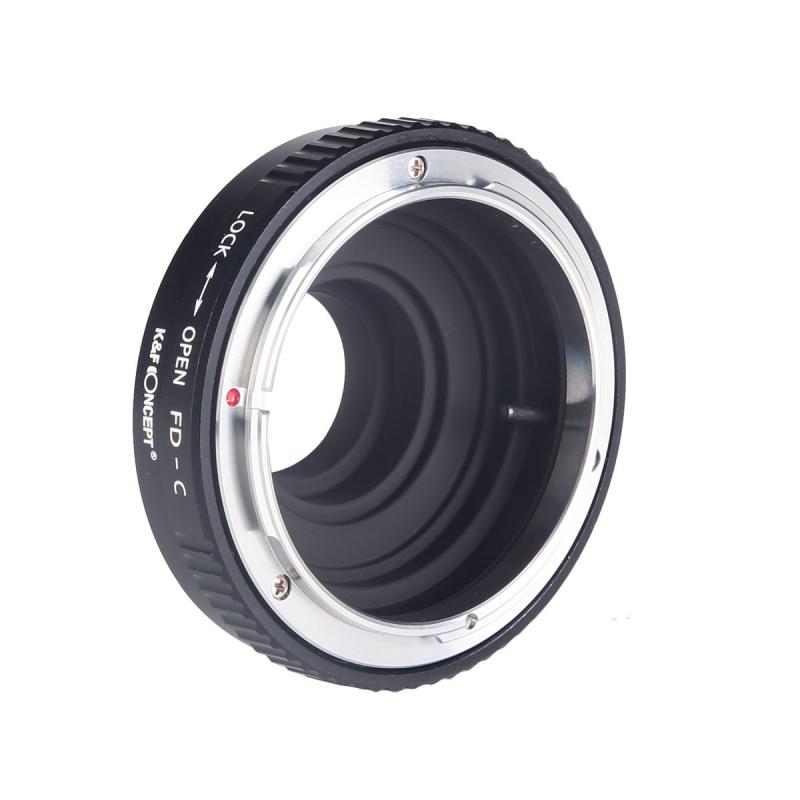
Megapixel vs. other important camcorder features
When it comes to choosing a camcorder, megapixels are just one of many important features to consider. While a higher megapixel count can result in sharper images, it's not the only factor that determines video quality. Other important features to consider include the sensor size, lens quality, image stabilization, and low-light performance.
In terms of megapixels, a good range for a camcorder is between 8-12 megapixels. This is because most camcorders are designed to shoot video, not still photos, so a higher megapixel count isn't necessary. However, if you plan on using your camcorder for both video and still photography, then a higher megapixel count may be beneficial.
It's also important to consider the type of sensor in the camcorder. A larger sensor will generally result in better image quality, especially in low-light situations. The lens quality is also important, as a high-quality lens can make a big difference in the sharpness and clarity of your videos.
Image stabilization is another important feature to consider, especially if you plan on shooting handheld or moving shots. Look for a camcorder with optical image stabilization, which uses a physical mechanism to stabilize the lens, rather than digital stabilization, which can result in a loss of image quality.
Finally, consider the camcorder's low-light performance. Look for a camcorder with a wide aperture lens and a high ISO range, which will allow you to shoot in low-light situations without sacrificing image quality.
In conclusion, while megapixels are important, they are just one of many factors to consider when choosing a camcorder. Look for a camcorder with a good sensor size, lens quality, image stabilization, and low-light performance for the best video quality.


